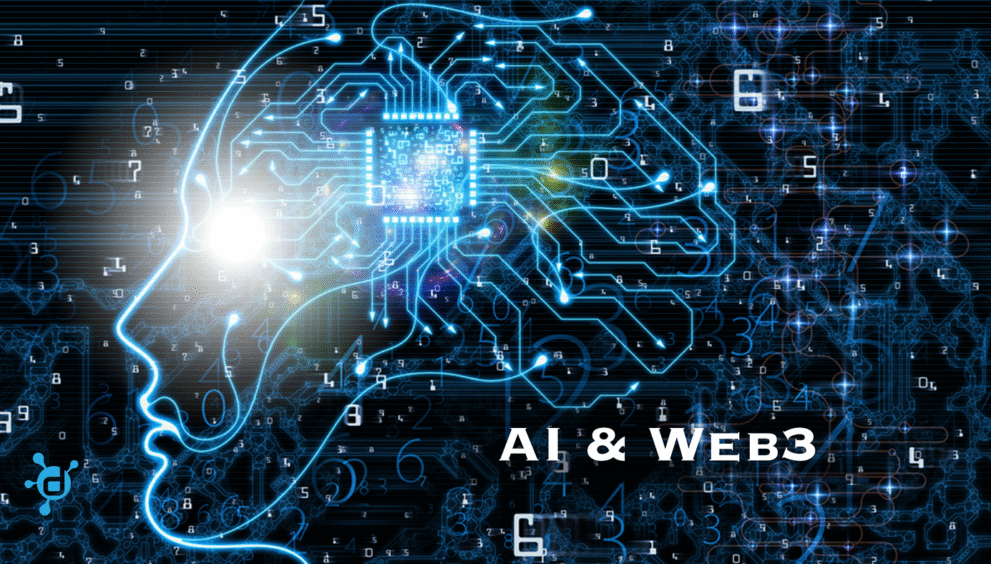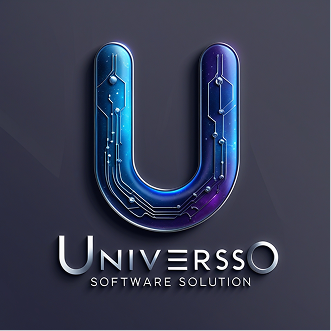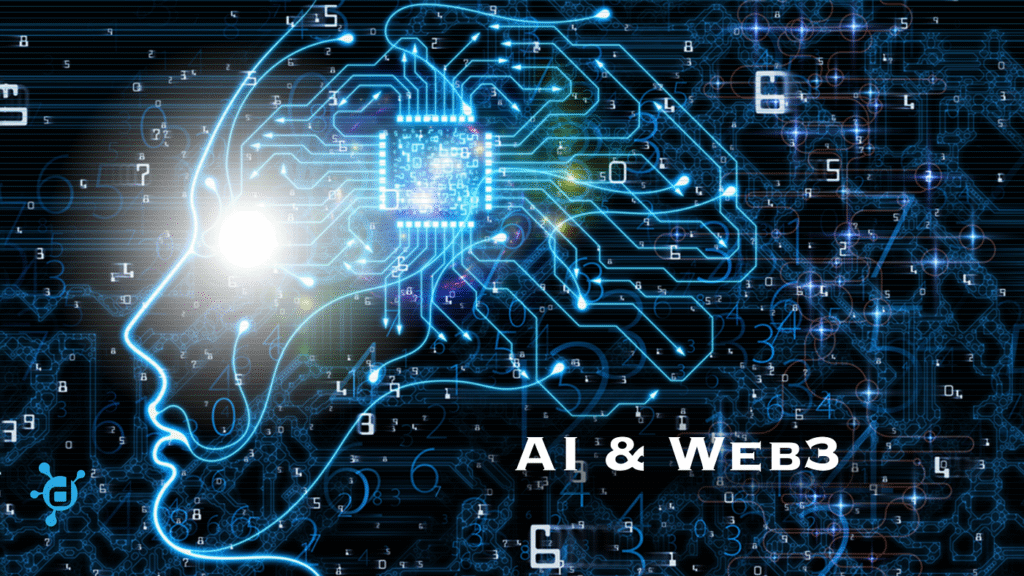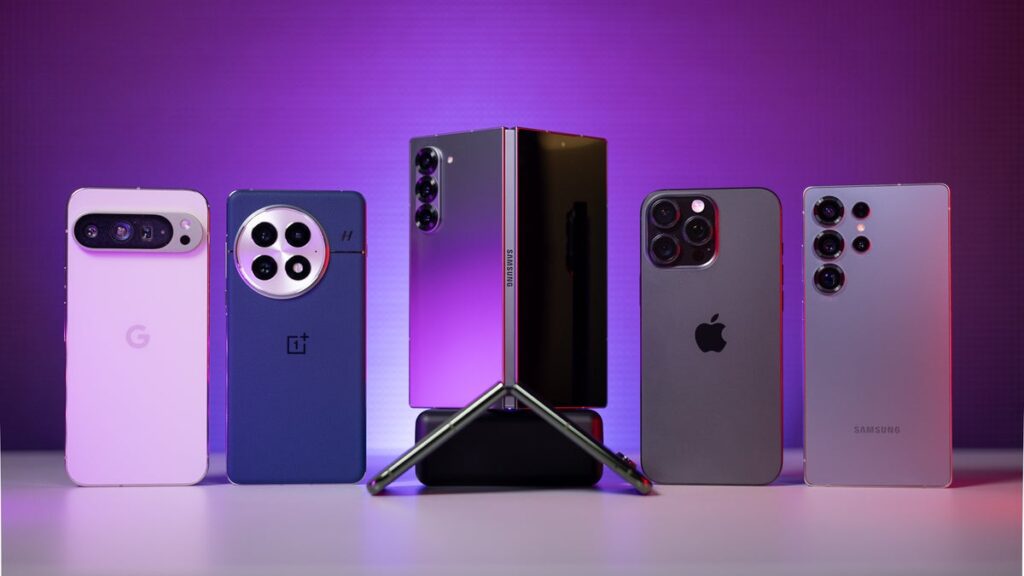Google VEO vs Sora (OpenAI): Which AI Video Generator Leads in 2025?

2025 is the year of AI video generation — and the two biggest names in the game are Google VEO and Sora by OpenAI. Both models can turn simple text prompts into cinematic-quality videos, but they’re not identical.
If you’re wondering which one is better for content creation, marketing, filmmaking, or storytelling — this detailed comparison of Google VEO vs Sora will help you choose.
🧠 What Are Google VEO and Sora?
Google VEO is DeepMind’s most advanced text-to-video AI, capable of producing ultra-realistic, scene-consistent videos up to 1 minute long.
Sora is OpenAI’s powerful video model that transforms prompts into imaginative, detailed, and motion-accurate visuals.
Both models use diffusion techniques, massive training datasets, and transformer-based architectures to synthesize videos — but they differ in style, usability, and flexibility.
📊 Google VEO vs Sora – Feature Comparison Table
| Feature | Google VEO | Sora by OpenAI |
|---|---|---|
| Release Year | 2025 (Preview at Google I/O) | 2024 (Demo, expanded in 2025) |
| Video Length | Up to 60 seconds | Up to 60 seconds |
| Resolution | HD & 4K available | 1080p (HD) |
| Strengths | Realism, cinematic feel, dynamic shots | Creativity, motion consistency |
| Prompt Support | Text, Image-to-Video | Text, Multi-prompt storytelling |
| Editing Tools | Style control, prompt editing | Time-aware editing, story sequencing |
| Scene Continuity | Very high (especially with characters) | Strong (less realistic, more fluid) |
| Output Style | Photorealistic + cinematic | Creative + surreal |
| Current Availability | Limited access via waitlist | Research preview/private demo |
In 2025, AI agents can autonomously use Web3 apps, execute smart contracts, and even create NFTs — all governed by blockchain protocols.
🎬 Key Differences Explained
🔹 Realism vs Creativity
Google VEO is best for creators who want cinematic, grounded, and photorealistic content.
Sora leans more toward imaginative, surreal, or animated-style storytelling.
🔹 Motion Coherence
Both tools offer smooth frame transitions, but Sora stands out with fluid object movements.
VEO excels in keeping characters and scenes consistent throughout longer shots.
🔹 Input Types
VEO supports text-to-video and image-to-video, enabling hybrid workflows.
Sora currently focuses on text-only input with advanced narrative handling.
🔹 Target Audience
Google VEO: Filmmakers, advertisers, realistic scene designers.
Sora: Creators, storytellers, experimental animators.
🛠️ Use Cases in 2025
| Use Case | Best Choice | Why |
|---|---|---|
| YouTube intros | VEO | Realistic camera effects & pacing |
| Educational animations | Sora | Creative visuals, abstract concepts |
| Marketing ads | VEO | Sharp details, product realism |
| Fictional storytelling | Sora | Unique styles, story control |
| Real estate previews | VEO | HD realism with natural lighting |
✅ Final Verdict: Who Wins?
Choose Google VEO if you want cinematic realism, better scene consistency, and professional-grade visuals.
Choose Sora if your goal is creative storytelling, motion-rich visuals, and imaginative flexibility.
Both are leading the AI video revolution — your ideal tool depends on your vision.



